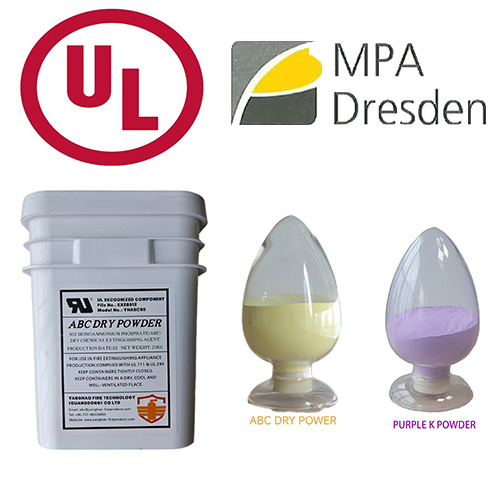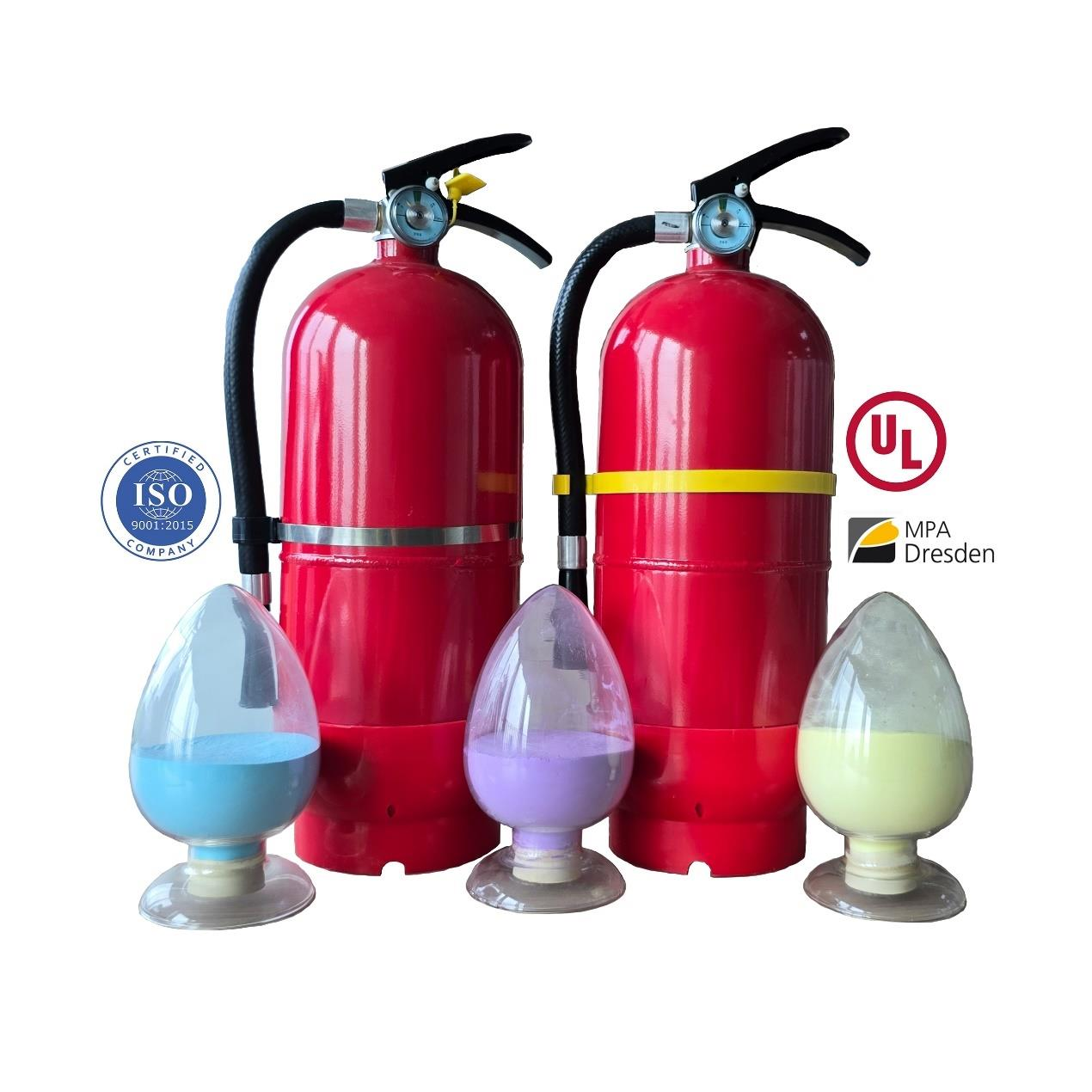Dry Chemical Fire Extinguisher Recharge Guide: When Is It Necessary?
1. Introduction
A dry chemical fire extinguisher is one of the most common and effective tools for controlling Class A, B, and C fires. However, many users mistakenly believe that once purchased, the unit can sit indefinitely without attention. In reality, regular inspection, fire safety maintenance, and timely fire extinguisher recharge are essential to ensure full reliability.
This blog will explore:
The science behind ABC powder and why it requires care.
Signs that a dry chemical fire extinguisher needs a recharge.
International standards for fire protection and maintenance.
Practical buyer guidelines to balance cost and safety.
2. Why Fire Extinguisher Recharge Matters
The dry chemical fire extinguisher works by expelling ABC powder under pressure to interrupt the chemical chain reaction of a fire. Over time, pressure loss, moisture absorption, or improper storage can make the extinguisher less effective.
Without proper fire safety maintenance, even a new extinguisher may fail when needed most. That is why scheduled inspection and fire extinguisher recharge are not optional—they are vital parts of modern fire protection.
3. What Triggers the Need for Recharge?
Here are the main scenarios where a dry chemical fire extinguisher requires a fire extinguisher recharge:
After Use
Even partial discharge reduces pressure and ABC powder effectiveness. Once used, immediate fire safety maintenance is required to restore full capacity.Low Pressure Reading
The pressure gauge is the simplest indicator. If it shows low or uneven pressure, the extinguisher is no longer reliable for fire protection.Damaged Components
Corrosion, dents, or valve leaks can compromise safety. Such issues require professional repair and recharge.Expired Certification Period
Most international fire safety standards require inspection every 6–12 months. If certification lapses, recharge and testing are necessary.Powder Caking or Moisture Absorption
Poor storage conditions may cause ABC powder to clump. This prevents smooth discharge and demands professional replacement of the extinguishing agent.
4. ABC Powder and Its Role in Fire Protection
The heart of a dry chemical fire extinguisher is its ABC powder. This compound, primarily made from monoammonium phosphate, is highly effective in stopping Class A (solid), Class B (liquid), and Class C (gas) fires.
However, ABC powder is sensitive to humidity and storage conditions. Proper fire safety maintenance ensures the powder remains free-flowing. During fire extinguisher recharge, certified powder must be used to comply with fire safety standards, guaranteeing long-term reliability in fire protection.
5. Fire Safety Maintenance: International Standards
Different countries impose different rules for fire safety maintenance:
NFPA (United States): Annual inspections and recharge after each use.
EN3 (Europe): Mandatory servicing intervals and powder replacement every 5 years.
Asia-Pacific Markets: Many require compliance with both local and UL/EN standards for commercial trade.
Adhering to these fire safety standards ensures that every dry chemical fire extinguisher remains a reliable part of any fire protection plan.
6. Cost and Quality: Choosing the Right Recharge Service
Not all fire extinguisher recharge services are equal. Buyers and safety managers should consider:
Use of certified ABC powder.
Proper pressurization and sealing.
Documentation in line with fire safety standards.
Supplier reputation and warranty support.
Choosing a low-cost service that cuts corners on fire safety maintenance may result in hidden risks, undermining the very purpose of fire protection.
7. Buyer’s Checklist for Fire Extinguisher Recharge
Before recharging or buying recharged units, international buyers should ask:
Is the dry chemical fire extinguisher filled with high-purity ABC powder?
Has the cylinder passed hydrostatic pressure testing?
Is the recharge documented under recognized fire safety standards?
Does the supplier provide clear guidance for ongoing fire safety maintenance?
This checklist ensures the investment delivers both reliability and long-term fire protection.
8. Conclusion
A dry chemical fire extinguisher is only as effective as its upkeep. Timely fire extinguisher recharge and consistent fire safety maintenance guarantee readiness in critical situations.
By prioritizing certified ABC powder, compliance with fire safety standards, and professional servicing, buyers and safety managers can maximize cost performance while ensuring strong fire protection.
Remember: a small investment in recharge and maintenance today can prevent catastrophic losses tomorrow.



